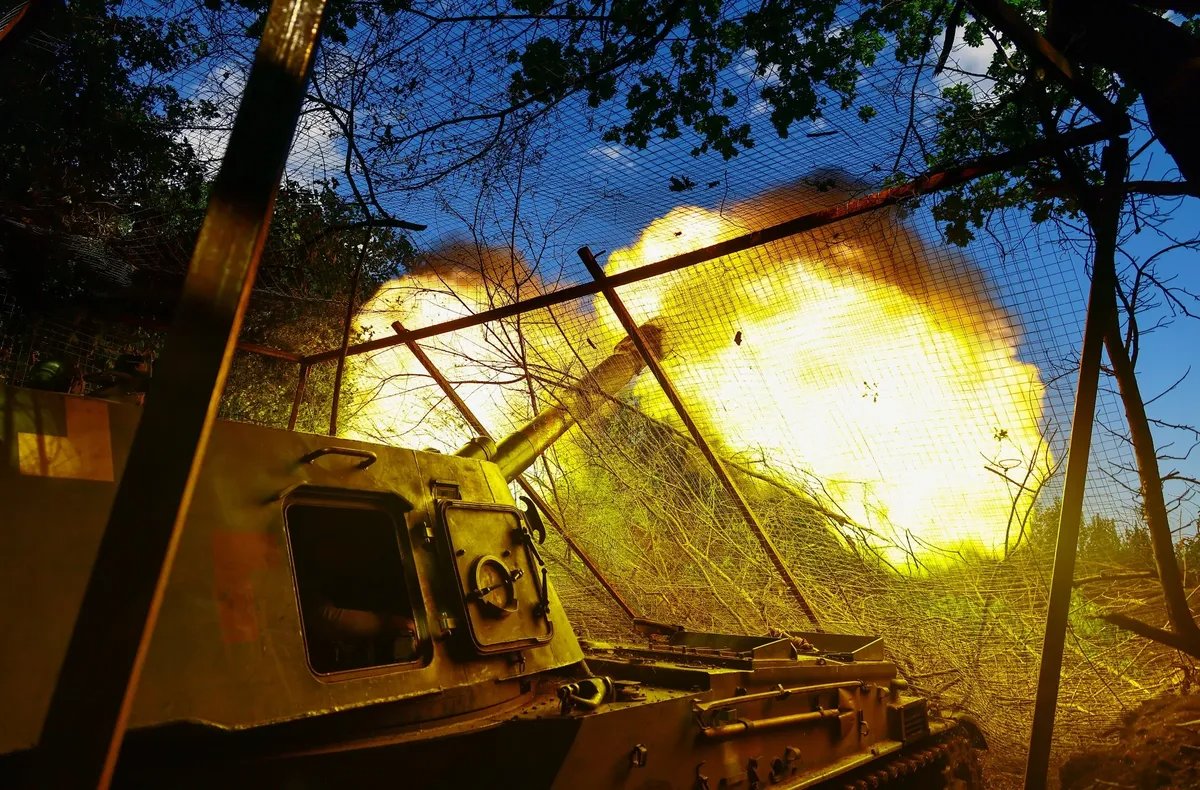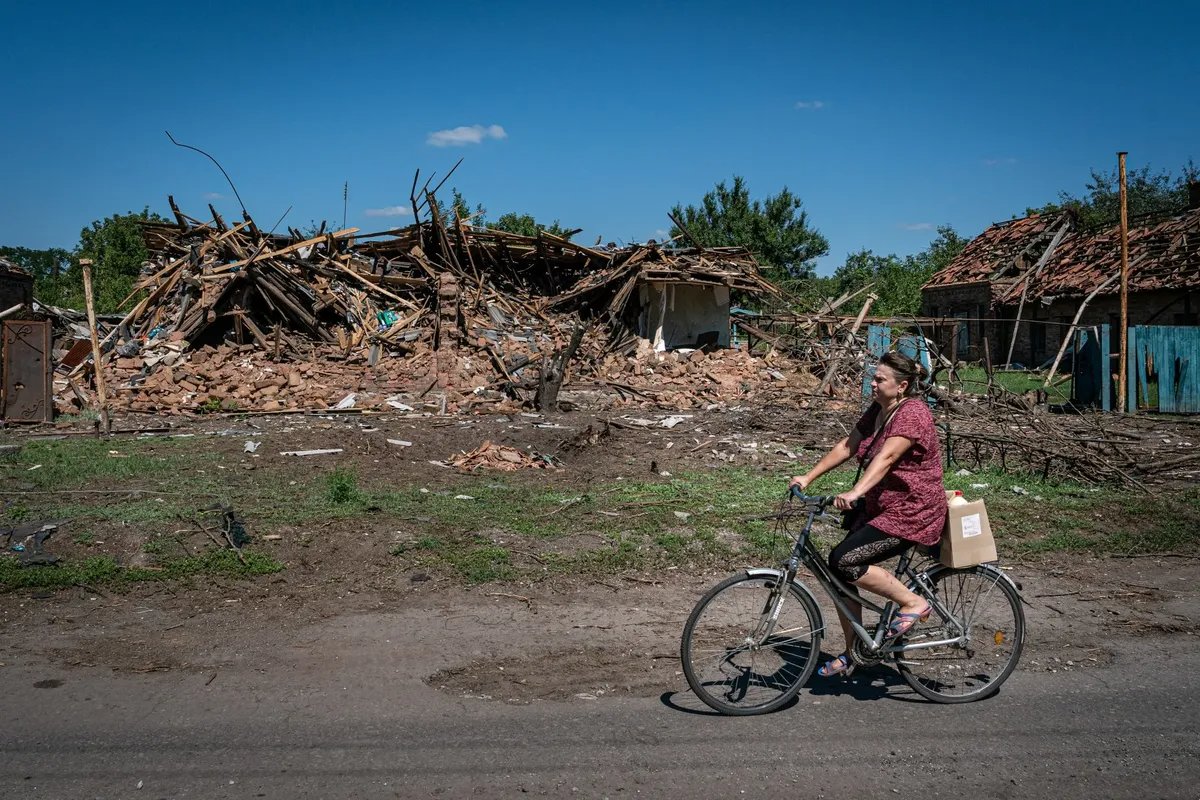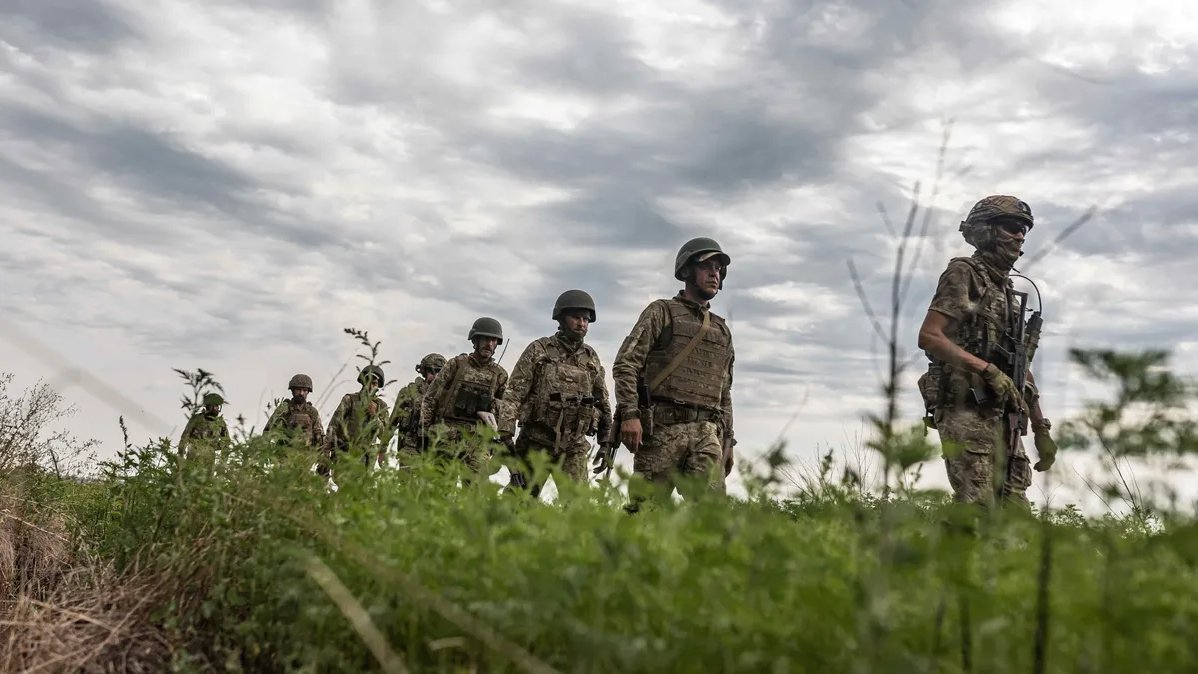Three lines of defence
A Washington Post report last week suggested that Ukraine’s counteroffensive is unlikely to reach its key objectives anytime soon.
“The US intelligence community assesses that Ukraine’s counteroffensive will fail to reach the key southeastern city of Melitopol; Kyiv won’t fulfil its principal objective of severing Russia’s land bridge to Crimea in this year’s push,” the report says, citing sources.
Such a bleak assessment may cause officials in Kyiv and Western capitals to wonder how a counteroffensive armed with tens of billions of dollars worth of Western weapons and military equipment could fall so short of its goals. What is to blame for Ukraine’s counteroffensive faltering and why is a blitzkrieg unlikely at this point?

Photo: EPA-EFE / Stringer
No blitzkrieg
“It was obvious even before the offensive started that no blitzkrieg was possible,” says Sergey Migdal, a military expert and a former security and police officer from Israel.
What the Ukrainians are trying to do now goes against the basic principles of warfare, Migdal argues — attempting a counteroffensive against an opponent that is roughly equal in manpower, firepower and equipment, and is massively superior in aviation.
Simply put, Ukraine’s military lacks the necessary equipment for a blitzkrieg, according to Migdal: to achieve success quickly, the US needs to provide Kyiv with “1,000 tanks and the same amount of other armoured equipment and M109 howitzers, as well as mine-clearing vehicles”. In reality, however, only “31 tanks were promised to Ukraine, and no one knows exactly when those are going to arrive in the country”, he adds.
Calculating that EU member states have 2,200 tanks between them, Migdal argues that it would be possible for Europe to provide Kyiv with roughly half of those. However, he concedes that NATO generals are too wary of angering the Kremlin to allow that to happen.
The deliveries of warplanes are taking too long to reach Ukraine, Migdal says, though he points out that these could be replaced by high-precision missiles with a range of hundreds of kilometres, such as ATACMS that can hit targets up to 300 km away.
Migdal suggests that the West could also have strategic reasons to be wary of a quick Ukrainian victory, such as fear at how the Kremlin might react to a defeat.
Waiting for the breakthrough
“The counteroffensive situation hasn’t changed much,” according to Ian Matveev, a military analyst with Alexey Navalny’s Anti-Corruption Foundation. The Ukrainian military’s main goals are to exhaust Russia’s defences and to make advances to improve Ukraine’s positions, Matveev adds.
"What we’ve seen so far is preparative combat. This does not mean those clashes are easy, it’s just that their goal is to lay the groundwork for a full-fledged breakthrough.”
The Ukrainian military has so far been reluctant to commit too many troops or equipment to this breakthrough, Matveev believes.
Ukrainian military analyst Roman Svitan describes the current pace of the counteroffensive as a “crawl”, and remarks that Ukrainian forces were inching towards the Sea of Azov in the south of the country in an attempt to lose as few men as possible, adding that the frontline moved by “200, 300, 500 metres each day, which is still kilometres in the long run”.

Photo: Ignacio Marin / Anadolu Agency / Getty Images
Speeding up the pace of the counteroffensive would require either huge losses in manpower or the provision of new weapons by Ukraine’s Western allies, Svitan believes.
He says Ukraine’s main tactic at present is to inflict heavy losses on Russian troops rather than capturing towns and villages. For instance, he says, Ukrainian servicemen reached the outskirts of Rabotyne two weeks ago, but only recently started moving into the centre of the village. Some sources report that Russian troops have now abandoned the settlement completely.
“Autumn’s muddy season won’t hinder an offensive on the Zaporizhzhia front,” Svitan says, citing the sandy ground that isn’t as prone to become muddy as the dark earth of the Donetsk region.
Svitan is confident that Ukraine’s Western allies will continue supporting Kyiv even if the counteroffensive remains slow-going.
Independence Day fireworks
“Ukraine’s military is retaking the initiative right now. Currently they are slowly eating away at Russia’s defence, destroying Russian artillery and manpower,” Migdal says, adding that Russian servicemen were becoming mentally exhausted due to there being little to no troop rotation. At the same time, the Ukrainian military is attempting to use its own reserves more efficiently by allowing its fighters leave every now and then.
All of this could ultimately lead to a breakthrough somewhere in the Russian defence, Migdal believes. “If this is achieved, Ukraine will quickly deploy its reserves and order them into battle. In that case, the entire line of [the Russian] defence may collapse.”
The Israeli says Ukraine has until mid-October to make a breakthrough, after which offensives will be hampered by the muddy season. Migdal added that he remained confident of Ukrainian progress in the near future, and suggests Kyiv might have stockpiled enough long range combat UAVs and sea drones to use against various targets within Russia to mark Ukrainian Independence Day on Thursday. The potential goal of such an attack might include putting Moscow’s airports out of action or targeting Russia’s Black Sea ports, Migdal says, adding that any drone attack may be complemented by a significant ground offensive.
Migdal believes the Ukraine war could come to resemble the Iran-Iraq War in the 1980s, in which both sides initially launched offensives before switching to positional warfare and heavily shelling each other’s cities.
Matveev prefers not to make predictions, but does say that the course of events is likely to speed up unpredictably when the breakthrough comes.
“I think Ukraine’s military will try to launch one more major offensive before the end of September to break through Russia’s defences,” Matveev says, adding that “given the general exhaustion and troop losses in Putin’s military, this attempt is likely to be successful.”
Join us in rebuilding Novaya Gazeta Europe
The Russian government has banned independent media. We were forced to leave our country in order to keep doing our job, telling our readers about what is going on Russia, Ukraine and Europe.
We will continue fighting against warfare and dictatorship. We believe that freedom of speech is the most efficient antidote against tyranny. Support us financially to help us fight for peace and freedom.
By clicking the Support button, you agree to the processing of your personal data.
To cancel a regular donation, please write to [email protected]

